The Papillon, with its distinctive butterfly-like ears, is a small breed with a sprightly character and a fast metabolism. Feeding a Papillon properly is crucial to their health and well-being. The amount of food they require can vary significantly based on their individual activity level, age, and the calories contained in their food. This article will provide insights into the general feeding requirements for a Papillon, approximate food amounts, and the estimated cost of feeding.
1. Understanding Papillon’s Nutritional Needs
Despite their petite size, Papillons are energetic and require a diet that is rich in nutrients. Their food should have a good balance of proteins, carbohydrates, fats, vitamins, and minerals to support their energy needs. High-quality, small-breed dog food formulations are often the best choice for these small dogs.
2. Determining the Right Portion Size
The right portion size for a Papillon generally ranges between 1/4 to 1/2 cup of dry dog food per day, divided into two meals. This can vary depending on the dog’s size, age, and activity level, as well as the calorie content of the food.
3. Puppy Feeding Schedules
Papillon puppies have higher energy needs than adult dogs. They typically should be fed a puppy formula three to four times a day. As they grow, the amount of food will increase, and the frequency of feedings will decrease.
4. Transitioning to Adult Feeding Regimens
By the time a Papillon reaches adulthood at around 9-12 months, their feeding regimen should transition to twice a day. This helps prevent hypoglycemia, a condition small breeds like the Papillon can be prone to if they go too long without eating.
5. Adjusting for a Papillon’s Activity Level
An active Papillon may require more food to maintain their energy levels, while a less active or older dog may need fewer calories. Monitoring your dog’s weight and adjusting their food intake accordingly is crucial.
6. Feeding the Senior Papillon
Senior Papillons, typically over the age of 8, may require fewer calories if their activity level decreases but more of certain nutrients to support joint health and other age-related concerns.
7. The Impact of Treats on Diet
Treats should only make up a small percentage of a Papillon’s diet. Overfeeding with treats can lead to obesity, especially in such a small breed. Treats should be given sparingly and should be considered part of the daily calorie intake.
8. Monthly Feeding Costs
The cost to feed a Papillon is relatively low due to their small size. Depending on the brand and type of food you choose, the monthly cost can range from $20 to $40.
9. Recognizing and Addressing Food Allergies
Papillons, like all dogs, can develop allergies to certain ingredients in their food. It’s important to recognize the signs of food allergies and to consult with your veterinarian to adjust their diet as necessary.
10. Common Feeding Mistakes to Avoid
Overfeeding and underfeeding are common mistakes among Papillon owners. Understanding the signs of a well-fed dog and consulting with a vet can help avoid these pitfalls.
Our 5 Top Foods for Papillons
The diets were selected by our founder Justin Palmer, a certified canine nutrition expert, specifically with Papillons in mind:
Conclusion
Feeding your Papillon the correct amount of food is a key part of responsible pet ownership. With careful attention to their diet and regular veterinary check-ups, your Papillon can enjoy a high quality of life. Always remember that each dog is unique, and feeding requirements can vary greatly even within the same breed.
Frequently Asked Questions About Feeding a Papillon
1. How often should I feed my Papillon?
You should feed an adult Papillon twice a day – once in the morning and once in the evening. Puppies, on the other hand, require more frequent feedings, about three to four times daily, to support their fast growth and high energy levels.
2. What type of food is best for a Papillon?
The best food for a Papillon is a high-quality, small-breed dog food that’s rich in protein and has small-sized kibble that fits their tiny mouths. Whether you choose dry or wet food, it should be formulated to meet the nutritional levels established by the AAFCO for dogs.
3. How much dry food should I feed my Papillon?
A typical adult Papillon usually requires about 1/4 to 1/2 cup of dry food per day, divided into two meals. This amount can vary based on the dog’s size, age, and activity level, and the specific calorie content of the food you’re using.
4. Can Papillons eat human food?
While Papillons can eat certain human foods, it’s important to only offer those that are safe for dogs. Safe options include cooked lean meats, certain fruits, and vegetables, but always in moderation and avoiding toxic foods like onions, chocolate, and grapes.
5. How do I know if I’m feeding my Papillon enough?
Your Papillon should have a slight waist when you look down at them, and you should be able to feel their ribs but not see them. If your dog appears overweight or underweight, adjust their food intake accordingly and consult with a veterinarian.
6. Do Papillons need a special diet?
Papillons don’t necessarily need a special diet, but they do need high-quality food that’s appropriate for their life stage (puppy, adult, senior) and size. Some may require special diets due to health issues, which should be discussed with your veterinarian.
7. How can I prevent my Papillon from becoming overweight?
Prevent obesity in your Papillon by measuring their food portions, limiting treats, and ensuring they get regular exercise. Monitor their body condition and adjust food intake as needed, and have regular check-ups with the vet.
8. Are there any supplements I should add to my Papillon’s diet?
Most Papillons won’t need supplements if they’re eating a well-balanced diet. However, some may benefit from specific supplements like omega-3 fatty acids for skin and coat health, especially if recommended by a veterinarian.
9. What should I do if my Papillon is a picky eater?
For a picky Papillon, try gradually introducing new foods, mixing in a bit of wet food with dry food, or adding a low-sodium broth to enhance flavor. Always ensure the food is fresh and at an appropriate temperature. If pickiness persists, consult your veterinarian to rule out any underlying health issues.
10. How much will it cost to feed my Papillon each month?
The cost of feeding a Papillon will vary depending on the type and brand of food you choose. On average, expect to spend between $20 to $40 per month on high-quality dog food for your Papillon.
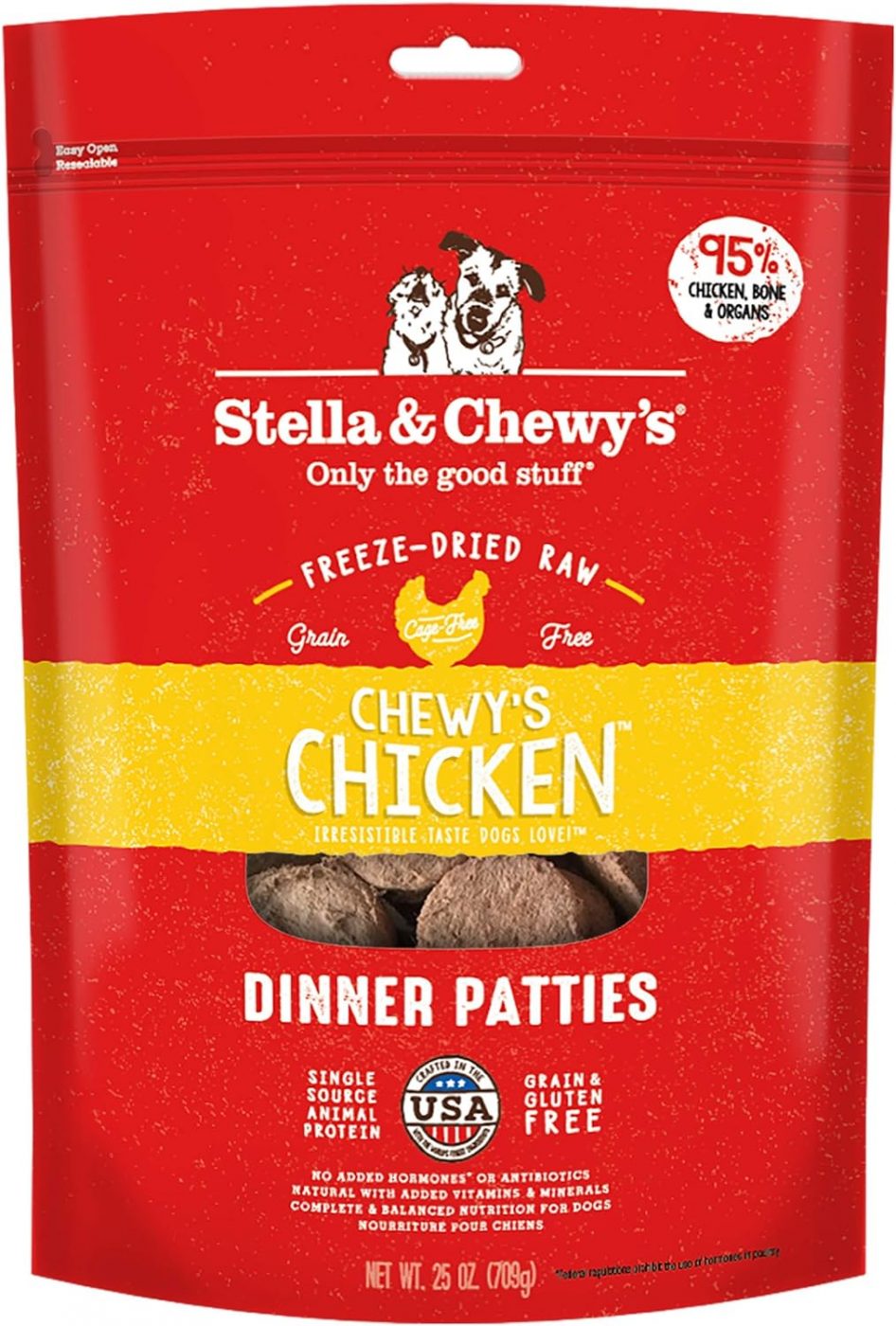
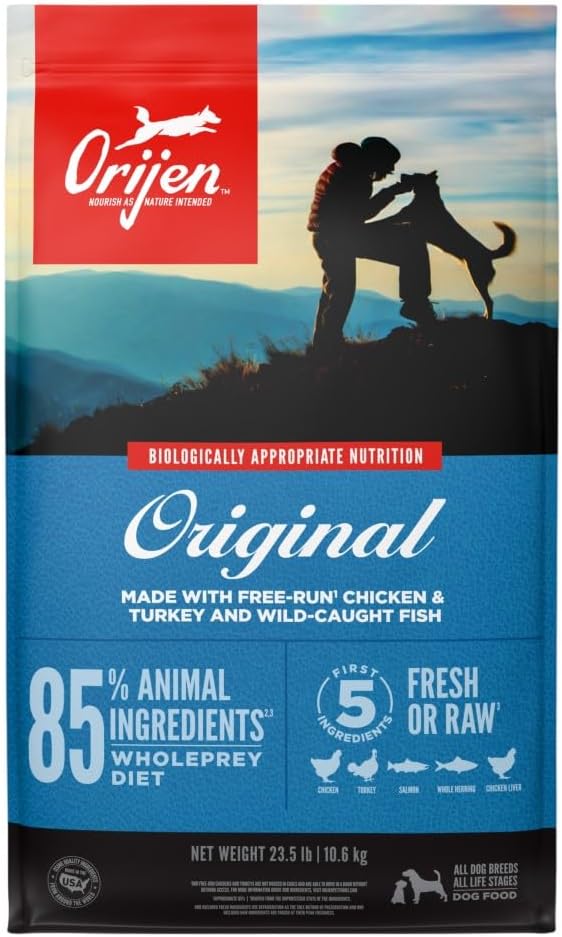
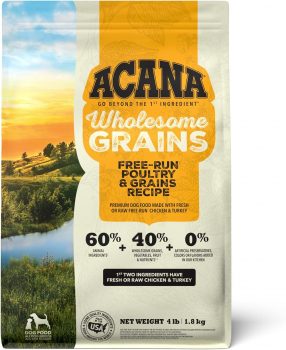
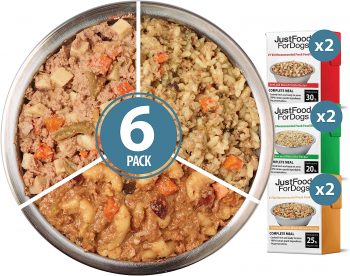
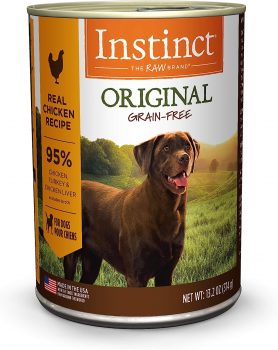
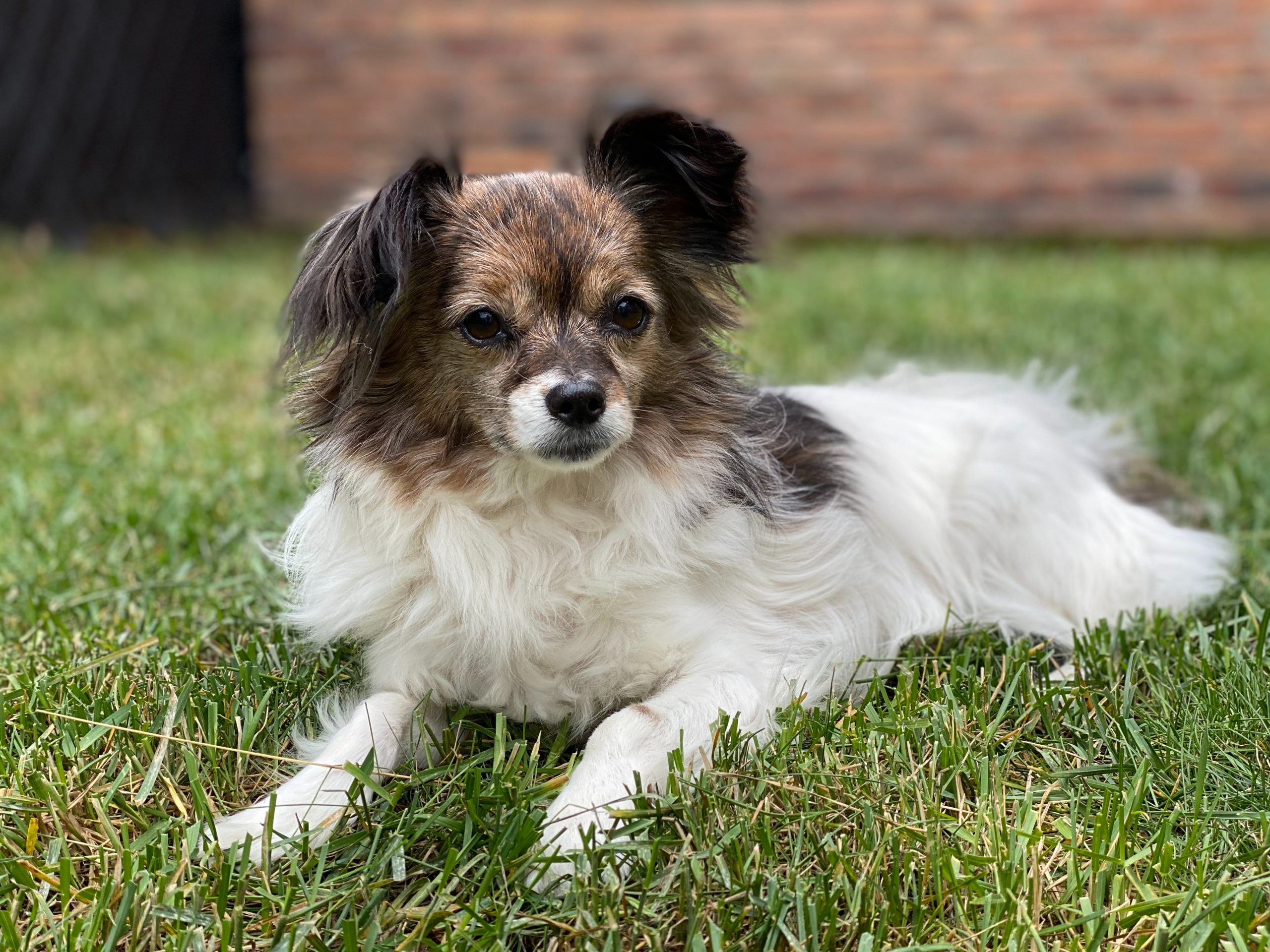
 Toledo, United States.
Toledo, United States.